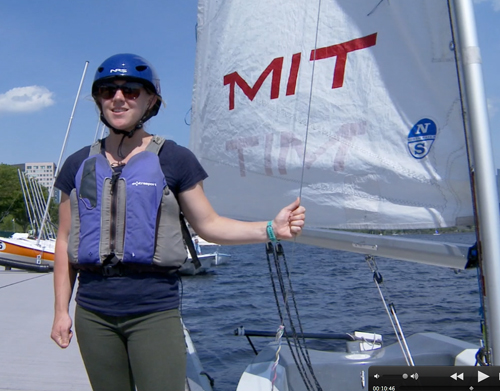The Physics Classroom: Drawing Free-Body Diagrams
This site, sponsored by the Physics Classroom, provides instructions on drawing free body diagrams, as well as practice situations for applying those instructions.
The Physics Classroom: Vectors and Direction
Also sponsored by the Physics Classroom, this site provides an introduction to the fundamentals of vectors and directions.
The Physics Classroom: Relative Velocity and Riverboat Problems
Again from the Physics Classroom, this is a discussion of vectors and relative velocity.
The Physics Classroom: Addition of Forces
Again from the same hosting site, here you will find an introduction to forces and vectors in two dimensions and the addition of those forces.
University of Cambridge: How wings really work
Developed by the University of Cambridge in England, this short video demonstrates how lift is created by air flowing over a wing.
Live Science: What Is Fluid Dynamics?
This article by Live Science is an introduction to Fluid Dynamics.
Real World Physics Problems: The Physics of Sailing
Sponsored by Real World Physics Problems, this site provides a comprehensive overview of the physics of sailing.
YouTube: The Physics of Sailing
This is an excellent video on sailing produced by KQED in San Francisco.
National Sailing Hall of Fame: Introducing STEM Sailing Best Practices
This site, sponsored by the National Sailing Hall of Fame, introduces two hands-on activities students can do to study the science of sailing.

